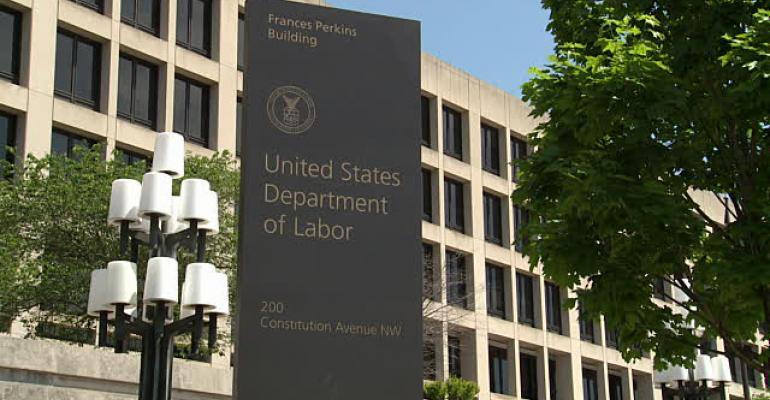The U.S. Department of Labor has sent its revised fiduciary rule to the White House’s Office of Management and Budget for review, according to the OMB’s website.
The rule was received on Monday, according to the OMB. The text of the rule was not included, and requests from the DOL were not returned as of press time. The rule will be reviewed by the OMB before publication for a public comment period, which typically takes about 60 days. After further revisions following the comment period, the DOL will send the rule to the White House for final review and publication.
The first fiduciary rule was promulgated by the Obama administration but was vacated following a challenge in the 5th U.S. Circuit Court of Appeals in March 2018. The rule had been expected to align with the SEC’s Regulation Best Interest, which is currently undergoing its own court challenge.
Previously, some cautioned the Trump administration not to wait too long to submit its own revised rule if it wanted to finalize it before the next presidential election. Bradford Campbell, a partner in Drinker Biddle’s Employee Benefits and Executive Compensation Group, said the rule would likely have an expedited review at OMB and could be released by the end of the month.
Even if this is the case, this means the comment period will not end until late summer or early fall at the earliest. While this could be irrelevant if President Trump wins a second term, it would mean the administration only has until Inauguration Day to finalize the rule if he loses.
“It doesn't mean they can't do it, but it'll be difficult to do considering all the factors that go into that," he said.
Additionally, if a rule is finalized and on the federal register for less than 60 days, an incoming administration would be able to reverse the rule without going through an elongated regulatory process, Campbell said. In comparison, the Obama administration proposed its rule in April 2015, with the final rule released one year later, which made it more difficult for the Trump administration to reverse (even though the rule was eventually vacated by the courts).





